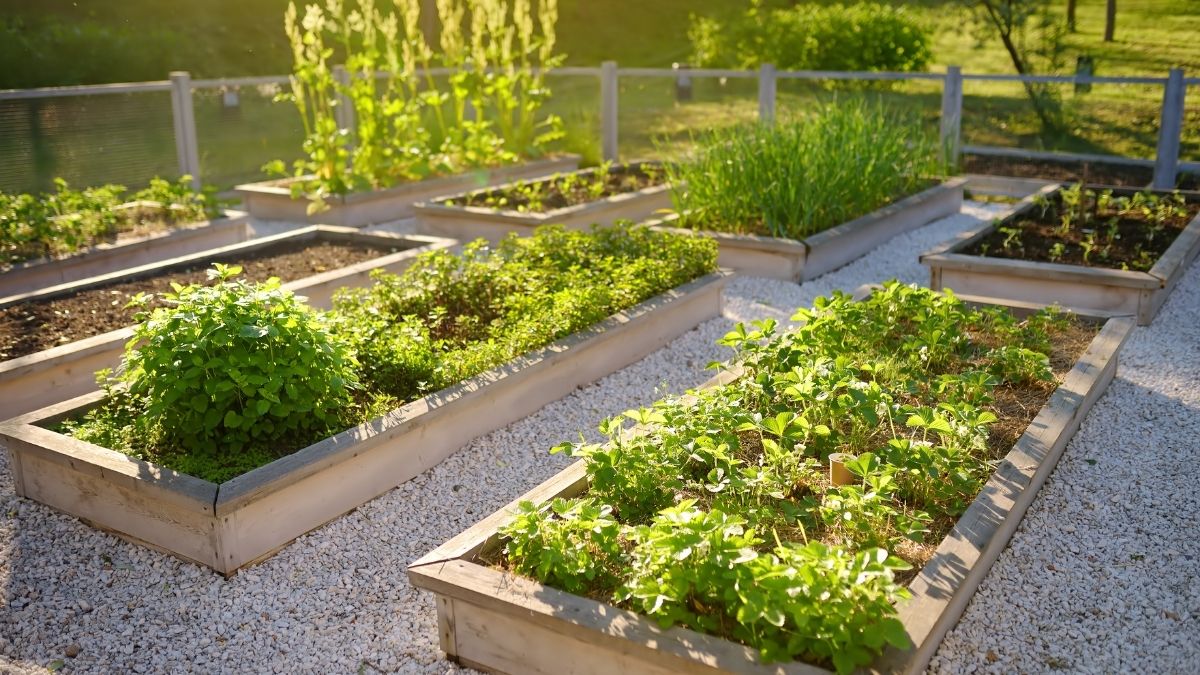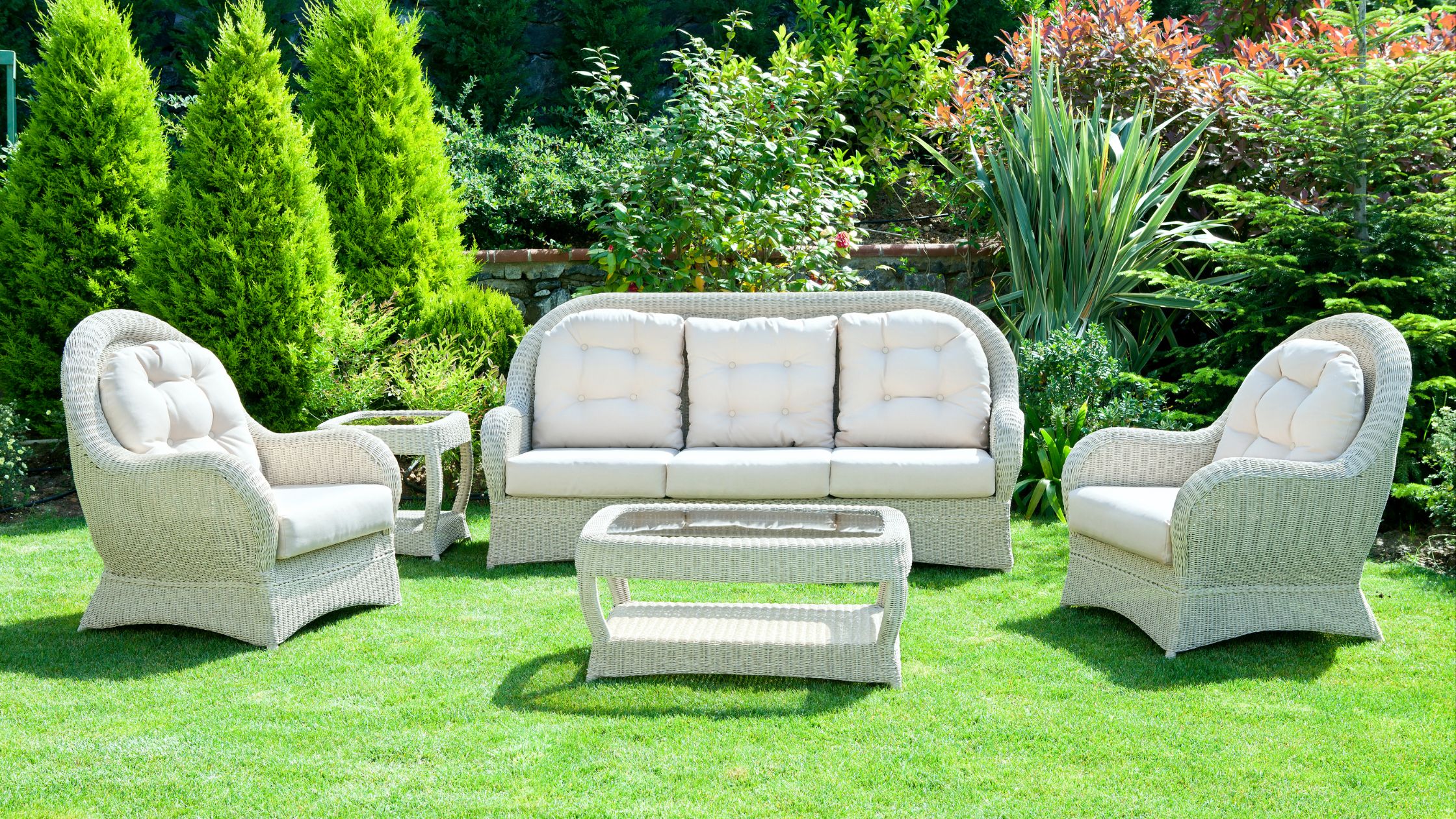
Frost can be one of the most challenging aspects of gardening during winter. Freezing temperatures put plants at risk, especially tender varieties or those not accustomed to the cold. Protecting your plants from frost not only saves them from damage but also ensures they emerge healthy and strong when spring arrives. With these practical tips, you can prepare your garden for the colder months and keep your plants safe from the harsh winter weather.
Recognising Plants Vulnerable to Frost
Understanding which plants need the most protection is the first step. Tender plants like begonias, geraniums, and fuchsias are particularly vulnerable. Non-native species, young plants, and those in pots are also more susceptible to frost damage. Assess your garden and prioritise plants that are less hardy, as they’ll need the most care.
Using Mulch to Insulate Roots
A layer of mulch provides essential insulation for plant roots. Use organic materials like straw, bark, or well-rotted compost around the base of shrubs, trees, and flowers. Mulch stabilises soil temperature, retains moisture, and prevents roots from freezing. Apply it generously, especially for perennials and young plants still establishing themselves.
Protecting Plants with Covers
Covers act as a barrier between plants and frost, reducing exposure to freezing air. Use horticultural fleece, hessian, or even old bedsheets to cover vulnerable plants during cold nights. Ensure the material doesn’t weigh down delicate stems by using stakes to create a frame. Remove covers during the day to allow sunlight and airflow, which prevents dampness and rot.
Moving Pots to Sheltered Spots
Potted plants are at higher risk because their roots are exposed to colder temperatures than those planted in the ground. Move pots to sheltered areas such as greenhouses, porches, or against south-facing walls where they’ll receive warmth. Grouping pots together creates a microclimate that offers additional protection from the cold.
Wrapping Trees and Shrubs
Wrapping trees and shrubs helps prevent frost damage to their trunks and branches. Use tree guards or wrap the trunks with burlap or fleece, particularly for young or newly planted trees. For larger shrubs, tie branches loosely together and cover the entire plant with breathable fabric. This method reduces wind chill and protects the plant from harsh winter conditions.
Avoiding Overwatering During Frost
Wet soil freezes more quickly, which puts plant roots at risk. Reduce watering during frosty weather, and ensure pots and beds have good drainage to prevent waterlogging. Focus on watering in the morning rather than late in the day, giving plants time to absorb moisture before the temperature drops at night.
Using Raised Beds for Better Protection
Raised beds provide an additional layer of frost protection by improving drainage and elevating plants away from the coldest ground temperatures. If you already use raised beds, adding a layer of mulch or straw on top increases insulation. For gardens without raised beds, consider building small mounds of soil around tender plants to elevate them slightly.
Installing Windbreaks
Cold winds can exacerbate frost damage by stripping moisture from plants and chilling them further. Windbreaks made from trellises, fences, or temporary barriers like bamboo screens shield plants from icy gusts. Position windbreaks on the side of the prevailing wind to reduce exposure and create a more stable environment.
Using Cloches for Delicate Plants
Cloches provide excellent protection for individual plants or small groups. These dome-shaped covers trap heat from the soil and keep frost off leaves and stems. Use glass or plastic cloches for vegetables and smaller flowers, ensuring they’re well-ventilated during the day to avoid condensation build-up. Cloches are especially effective for plants like lettuce, parsley, and small shrubs.
Choosing Hardy Varieties for Winter
When planning your garden, select plants known for their frost-hardiness. Native UK plants and those adapted to colder climates, such as hellebores, yew, and boxwood, are naturally more resistant to frost. Incorporating these varieties reduces the need for intensive frost protection and ensures your garden looks good year-round.
Safeguard Your Plants This Winter
Frost doesn’t have to spell disaster for your garden. With careful planning and these practical techniques, you protect your plants and keep your garden looking its best throughout winter. By using mulch, shelters, and strategic placement, you create a space where plants can thrive despite the cold.
FAQs
How do I know if my plants are frost-damaged?
Frost damage often appears as blackened, wilted, or mushy leaves and stems. Roots may also be affected if the soil has frozen for an extended period.
Can I leave potted plants outside during winter?
Yes, but they require extra protection. Move pots to sheltered areas and wrap them with bubble wrap or fleece to insulate the roots.
What is the best time to water plants during frost?
Water plants in the morning. The soil absorbs moisture during this time. Avoid watering late in the day to prevent excess water from freezing around the roots.

 Log in with Facebook
Log in with Facebook 

 Container gardening offers a world of possibilities for adding beauty and greenery to any space, no matter how small. Whether you have a balcony, patio, or windowsill, you can transform it into a vibrant oasis with the art of container gardening. In this guide, we'll explore the steps to making beautiful, creative container gardens that will impress. From selecting the right containers and plants to arranging them in eye-catching compositions, let's dive into the wonderful world of container gardening and unleash your creativity!
Container gardening offers a world of possibilities for adding beauty and greenery to any space, no matter how small. Whether you have a balcony, patio, or windowsill, you can transform it into a vibrant oasis with the art of container gardening. In this guide, we'll explore the steps to making beautiful, creative container gardens that will impress. From selecting the right containers and plants to arranging them in eye-catching compositions, let's dive into the wonderful world of container gardening and unleash your creativity!





